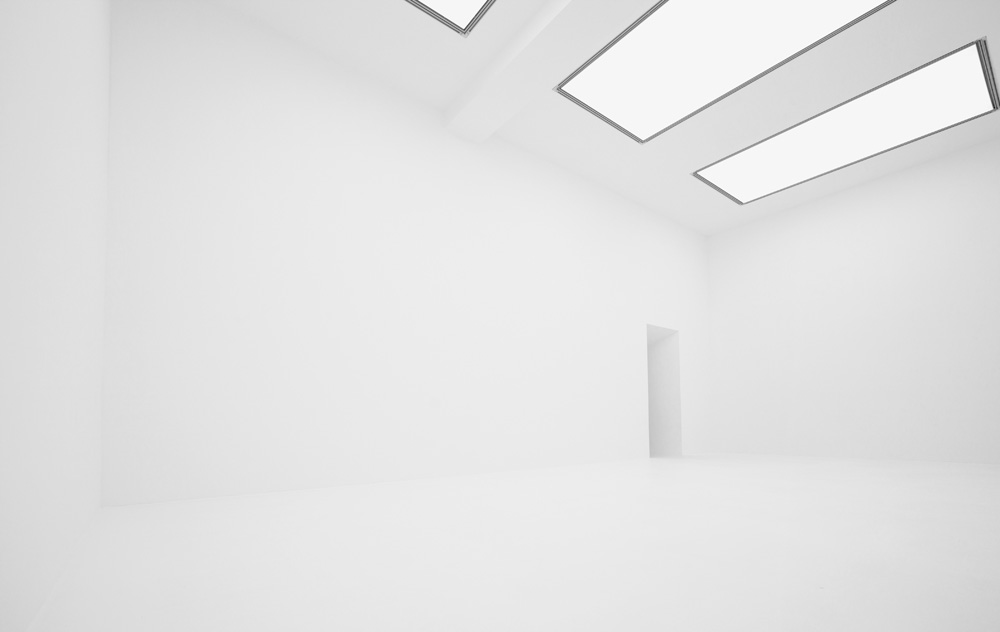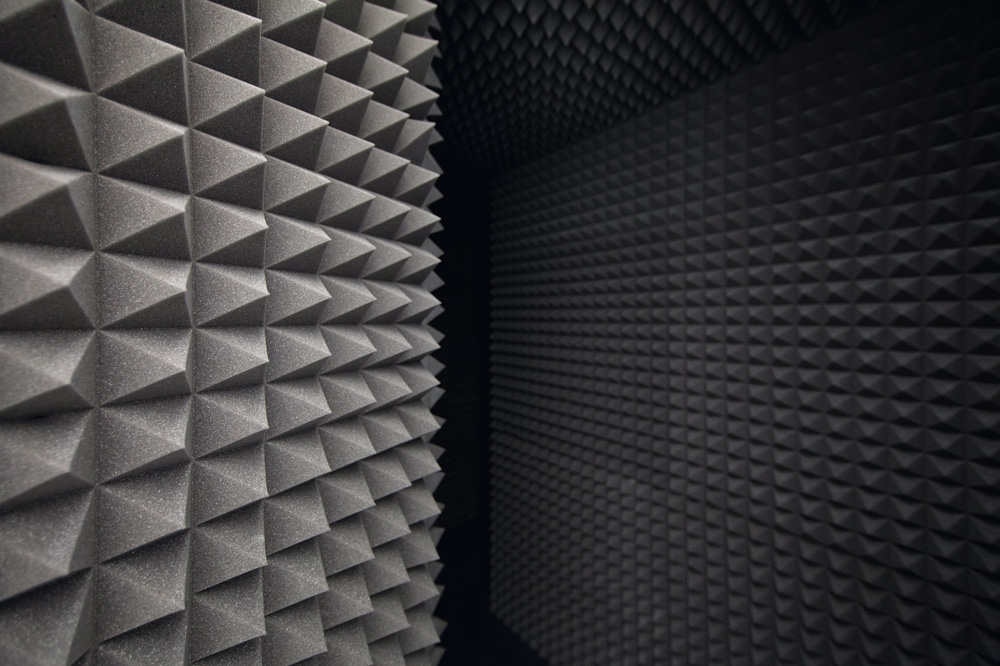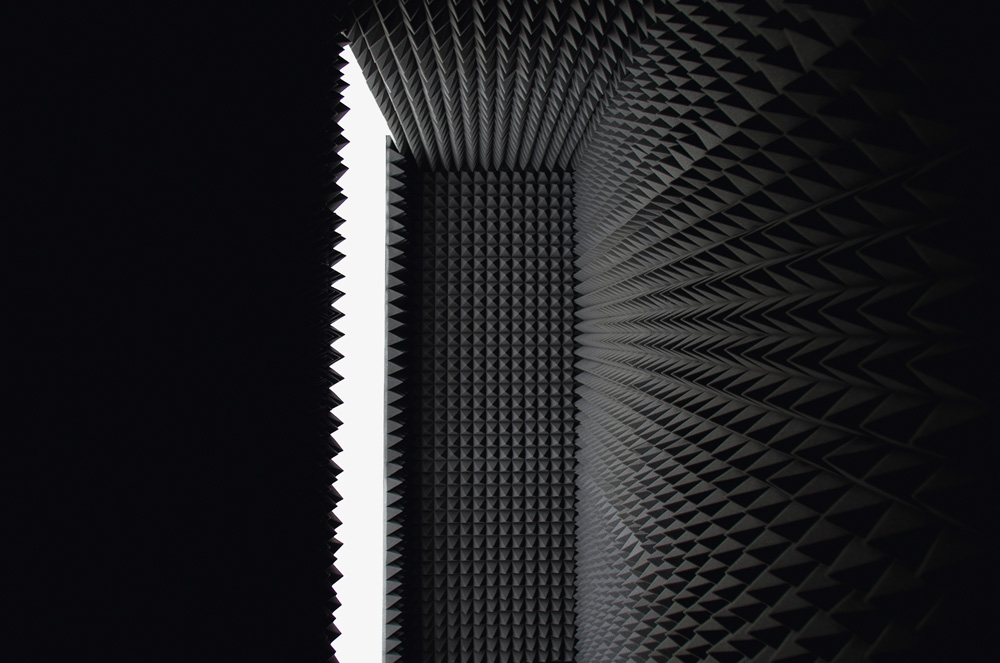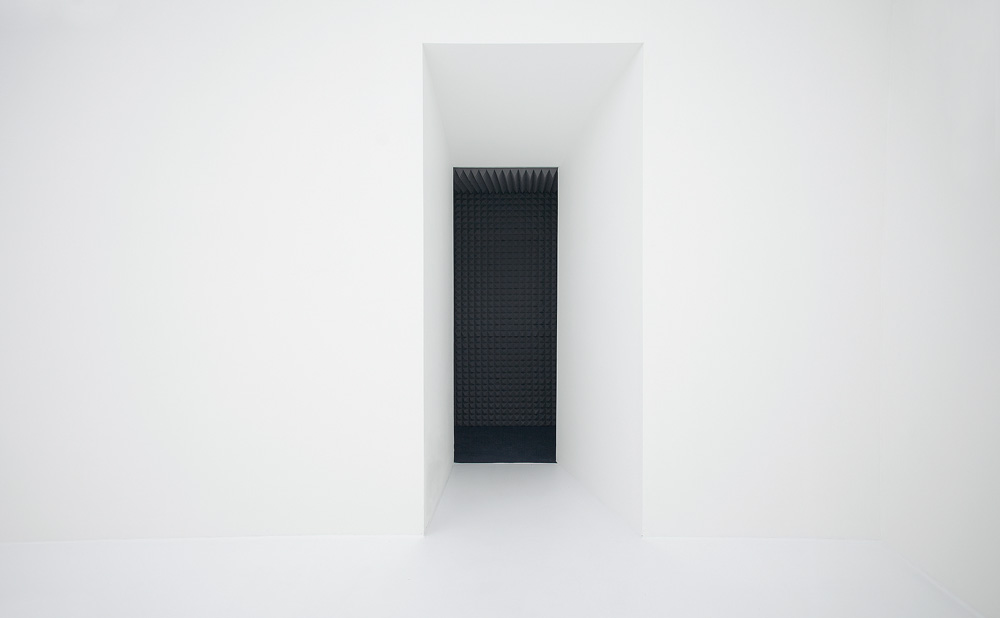|
| CURRENT |
| WORKS |
| PUBLICATIONS |
| BIOGRAPHY |
| CONTACT |
|
The Conditions of the Process |
Installation Dimension Varies Acoustic Panels, Paints, MDF, Mineral Wool,Audio Interface, Speakers, Fluorescent Lights, Computer The Conditions of the Process provides a differentiated field of sensory experiences in an existing gallery space. The installation consists of a darkened and anechoic corridor that leads into a bright room with a continuous high-pitched tone. In the “bright room”, the spatial impression of the gallery space is abstracted to its geometrical proportions by the brightness of the light that swallows other details of the space. To achieve this effect in the gallery, the existing warm tone of the gallery light system has been changed to a different shade of white. In addition to that, some elements of the existing room such as the windows have been visually reduced. In a similar way, the acoustic properties of the gallery room are abstracted by the high-pitched tone that occupies the space entirely and thereby masks the acoustic features of the room. By moving through the dark corridor towards the bright room the visitor can experience a gradual change of sensory stimuli. When entering the bright room from the dark one is at first overwhelmed by the brightness and cannot see much depth. Then, the eyes slowly adjust to their environment. In the bright room, the spatial dimensions get lost in the bright light and can only be experienced by moving around in the space. A parallel movement of gradual transition takes place on the acoustic level: from silence to a high-pitched tone with two sound sources producing phase interferences. By moving the head/ears in the space, the impression of a narrow-gridded field of sound can be perceived. These sounds that linger close to one’s ears acoustically reduce the physical dimension of the room. The non-spatial quality of the sound and the abstracted space intensify a sense of interiority and individual experience. Also, due to the particular sound used in the installation, individual physical differences are amplified, since the sensory experiences depends on the physical features of each visitor, for example differently shaped bodies, heads and ears. The Conditions of the Process reinforces not the shared qualities but rather these differences in experiences. Rather than positioning the visitor in the middle of a certain experience, the installation opens up to the possibility of an experience in general. |
|
 |
![]()
Copyrights © 2005 - 2024 Yutaka Makino. All Rights Reserved.


